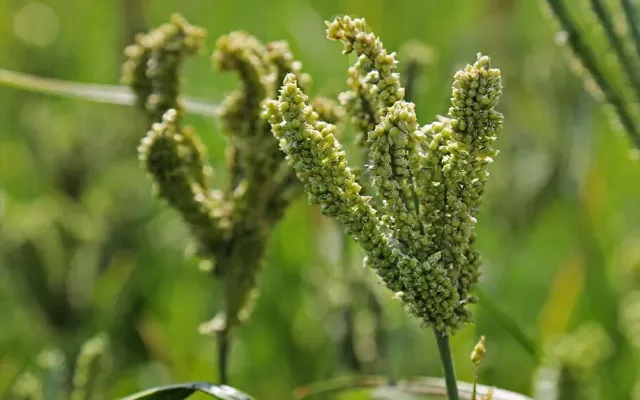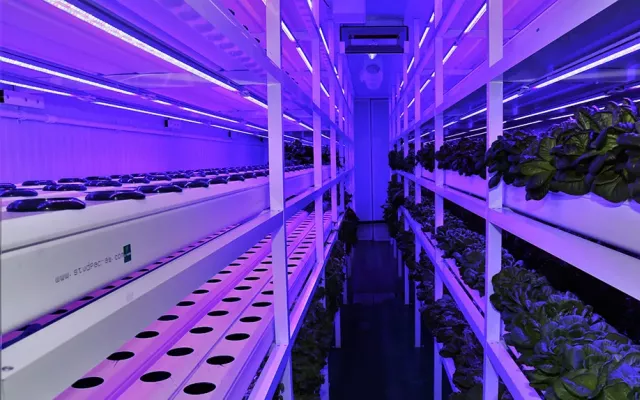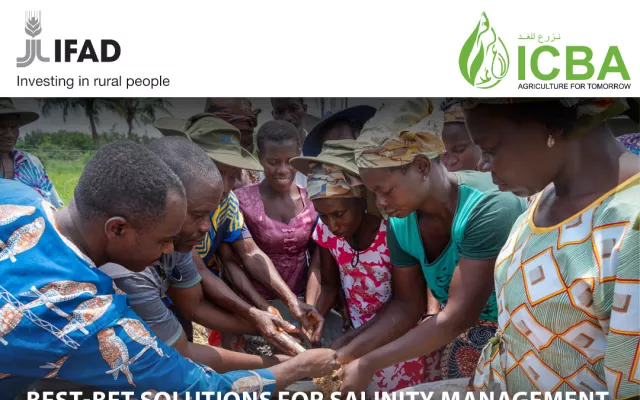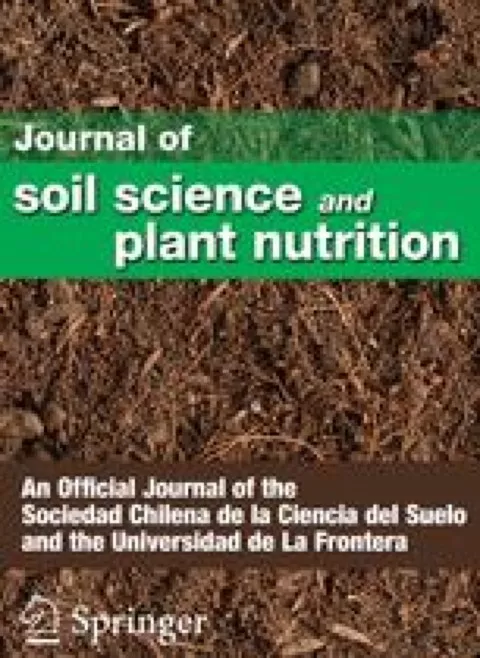Silicon (Si) Treatment has Preferential Beneficial Effects on Photosystem I Photochemistry in Salt-Treated Hordeum marinum (Huds.) Plants
Silicon (Si) is the second most abundant element in the Earth’s crust, after oxygen. Although not consistently considered an essential nutrient for plant growth, its positive impact on crop development and production, particularly under stressful conditions such as salt stress, has been well documented. This study aimed to examine the separate and combined effects of salt stress and silicon supply on sea barley (Hordeum marinum Huds.) plants. Thirty-six-day-old H. marinum plants were grown either without or with 150 mM NaCl in the absence or presence of Na2SiO3 (0.5 mM). The addition of 150 mM NaCl to the growth medium significantly impaired growth parameters, pigment concentrations, lipid peroxidation, and proline and sodium contents. Simultaneous measurement of chlorophyll fluorescence and P700 redox state revealed that photosystem I (PSI) was more affected by salinity than photosystem II (PSII). The observed detrimental effects caused by salinity were significantly mitigated by silicon supplementation in the growth medium. Stress mitigation by silicon appeared to involve various parameters such as growth, chlorophyll pigment contents, lipid peroxidation, proline content, chlorophyll fluorescence (PSI and PSII machinery), and sodium content. Compared to PSII, PSI parameters (the quantum yield of non-photochemical energy dissipation in reaction centres limited by acceptor side Y(NA), maximal fluorescence yield of illuminated sample with closed PSI centres (P700m’), and oxidized PSI (P700ox)) were more sensitive to salinity. However, a more significant beneficial effect was observed for the PSI complex under silicon application. These results suggest that the advantageous effect of silicon on stressed sea barley plants was strongly associated with the crucial role of this element in protecting the photosynthetic machinery, primarily PSI, enabling this species to overcome salinity damages.
Year
2023
Publication Source
Journal of Soil Science and Plant Nutrition
Publication type
Scientific Paper
Volume/Chapter/Issue
23










